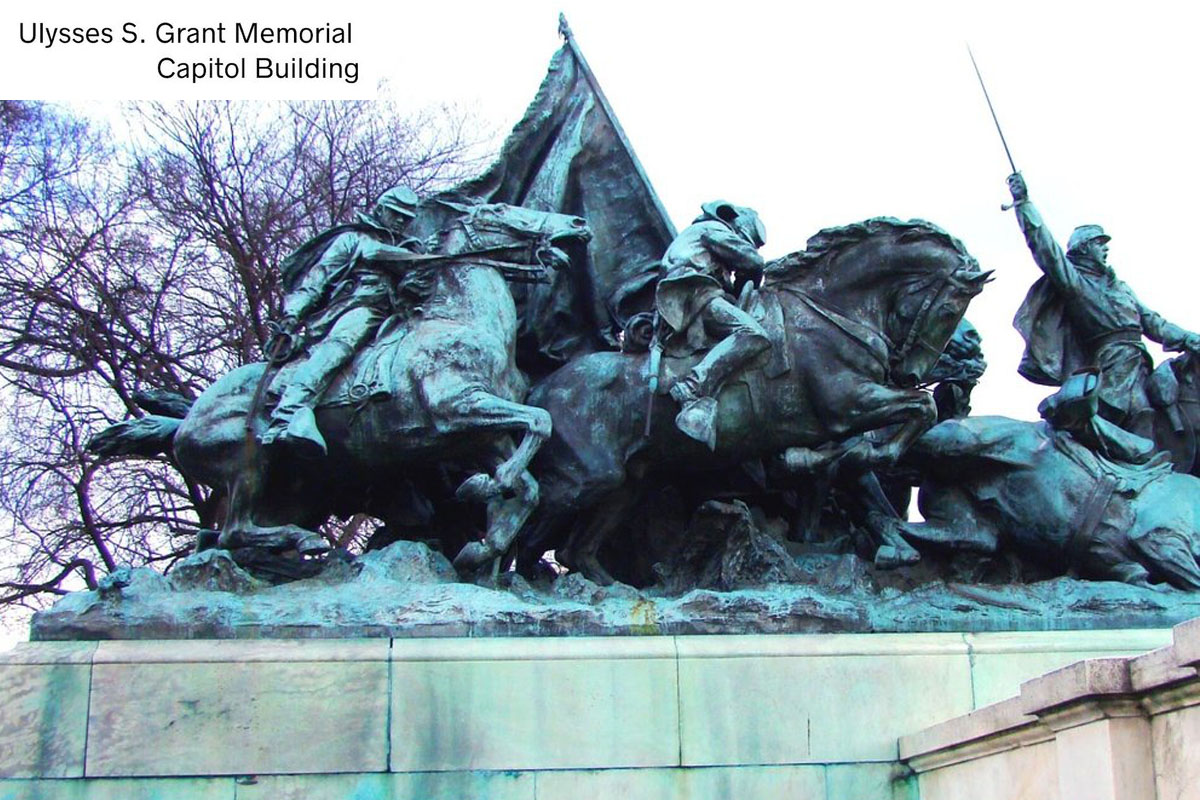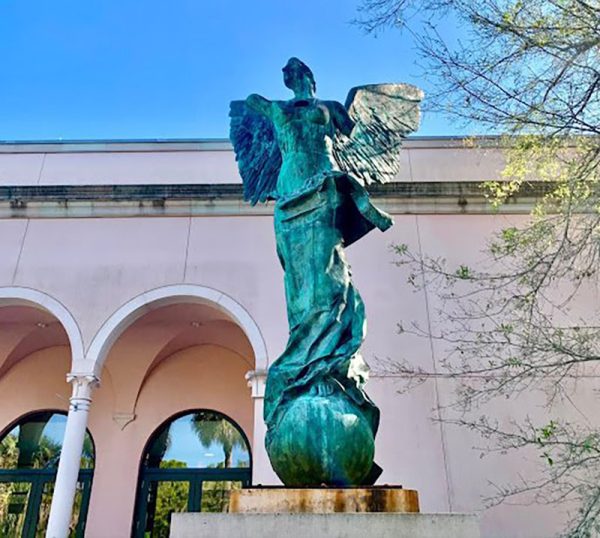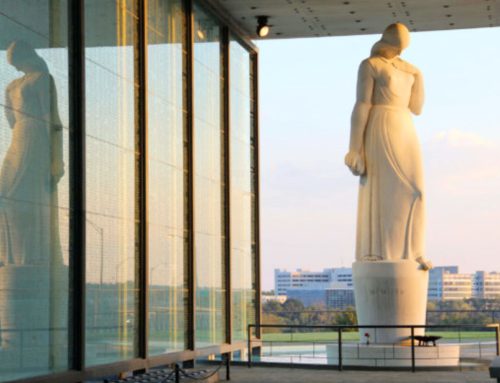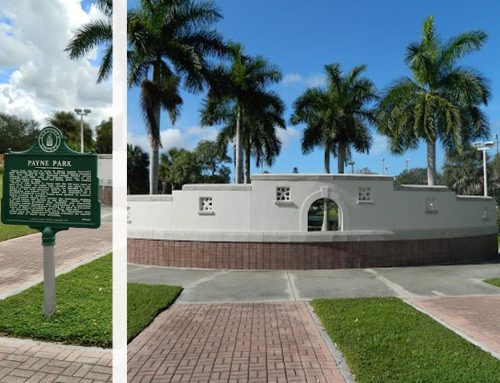Ulysses S. Grant Memorial, Capitol Building, Washington D.C., Unveiled 1924 , Artist: Henry Shrady
Many of Florida’s bronze monuments could be melting like the Wicked Witch of the West. As the fourth rainiest state, it’s safe to say Florida experiences an above-average amount of rainfall, and YES, acid rain does fall in Florida. Since the 1950’s the occurrence has become more common in the southeast and northeast regions of the U.S. Just like superman’s weakness to kryptonite, acid can be severely damaging and corrosive to metal. Unlike your car’s paint which has added sealants to prevent acid rain from eating through its beautiful finish, most monuments were not built with protectants to withstand such punishment.
See here what occurred to the Ulysses S Grant monument outside the Capitol building in Washington D.C. After many years of corrosion, the bronze monument’s once rich brownish shiny exterior, transformed into a putrid green shell, leaching rust into the stone base causing severe discoloration and instability to the foundation. After much protest from congressional leaders, the statues were fully restored in 2016, but over 100 pieces of the statue were grossly discolored, missing, or permanently disfigured.
Florida has erected many bronze monuments, honoring its rich history and international influences, but both citizens and visitors could miss out on their cultural significance if they continue to deteriorate. If you are a resident of the Sunshine State, here are a few preventative actions to protect your beautiful metal art against acid rain:
Alkaline Cleaners: Anything with acid in the title can be corrosive if left unattended on surfaces. That’s why it’s ideal to use a natural cleaning solution with a 6 ph level or higher to neutralize the acid buildup in pores (ph level of acid rain is 5.0 – 2.0 comparison: black coffee is 5.0)
Soft Spray: You may think pressure washing is a great idea, but don’t do it. The high pressurized water can lead to further damage. Using a soft sponge with soapy clean water can slow down the effects of acid rain. It isn’t a bulletproof solution but common surface areas can prevent compounding degradation.
Ceramic Sealant: This sealant is conditioned to protect a variety of stones (marble, quartz, other natural stones) and metals (steel, bronze, stainless steel). It can protect surfaces for up to 2 years depending on atmospheric conditions, and the cleaning schedule.
Pro Metal Treatment: Professional restoration can be cumbersome and costly. The process is a top to bottom restorative undertaking and could require removal. Luckily our mobile team can provide a professional metal restoration in a faster time frame without the added cost of removal and reinstallation. First, we perform a thorough examination of the piece to examine foundational issues, microbial exposure, and potential damage. We then curate an on-site restoration using only our trusted, all-natural products.
To maintain the original luster and finish of your outdoor work it is recommended you actively deploy one of these four methods. Even the strongest sealant can fail if you avoid regular maintenance. Take it from us, continuous upkeep is your only defense from acid rain.
With over 20 plus years of experience in restoring everything from city monuments to family markers, AGG Restoration is the leader in rehabilitating stone and metal.







